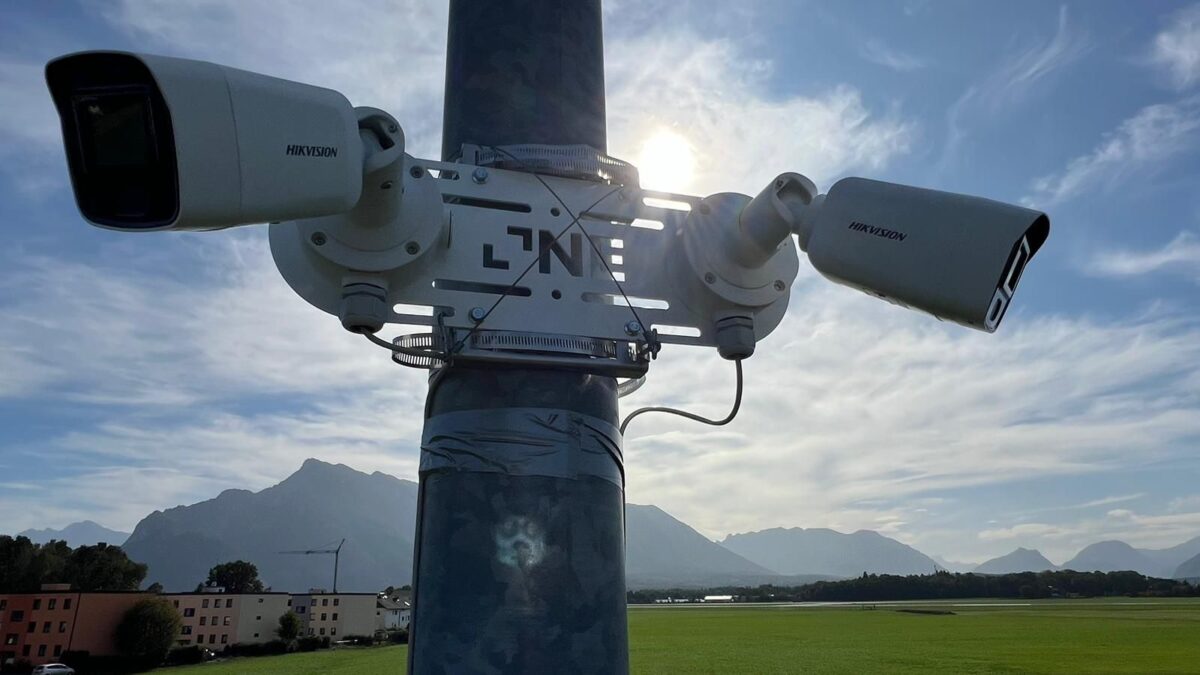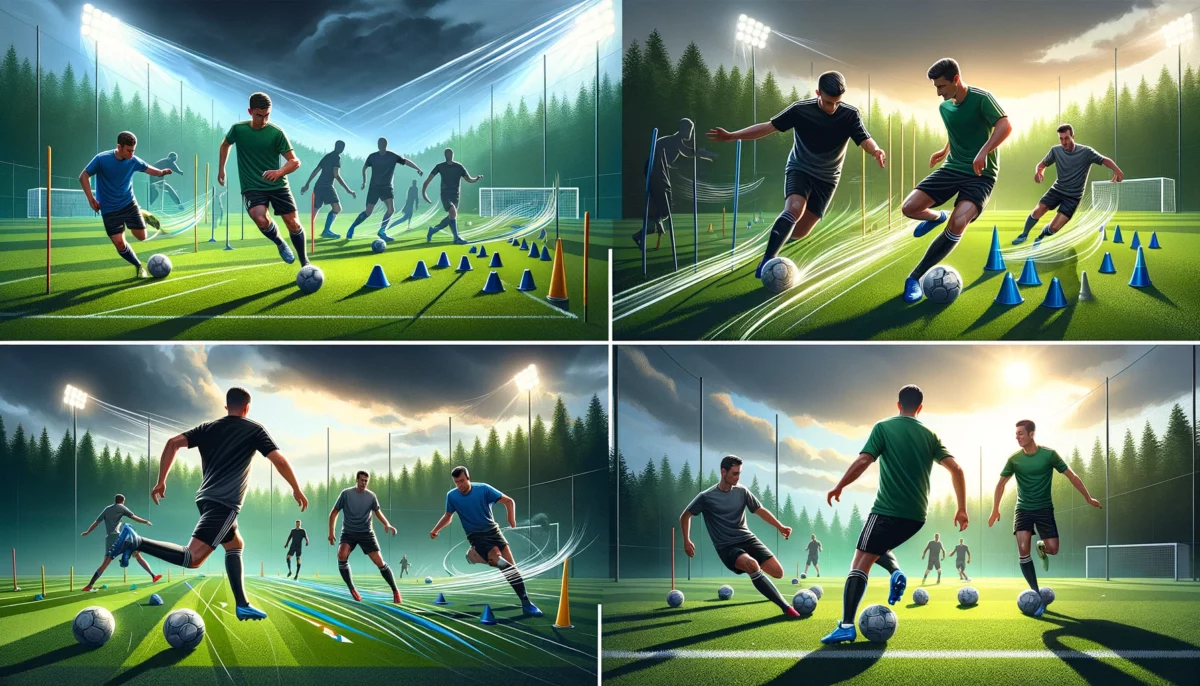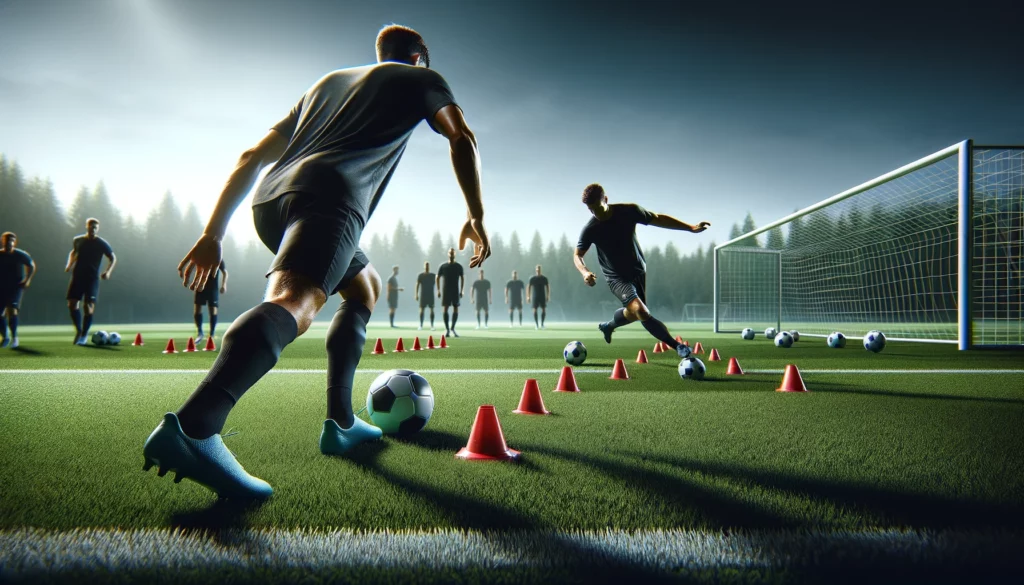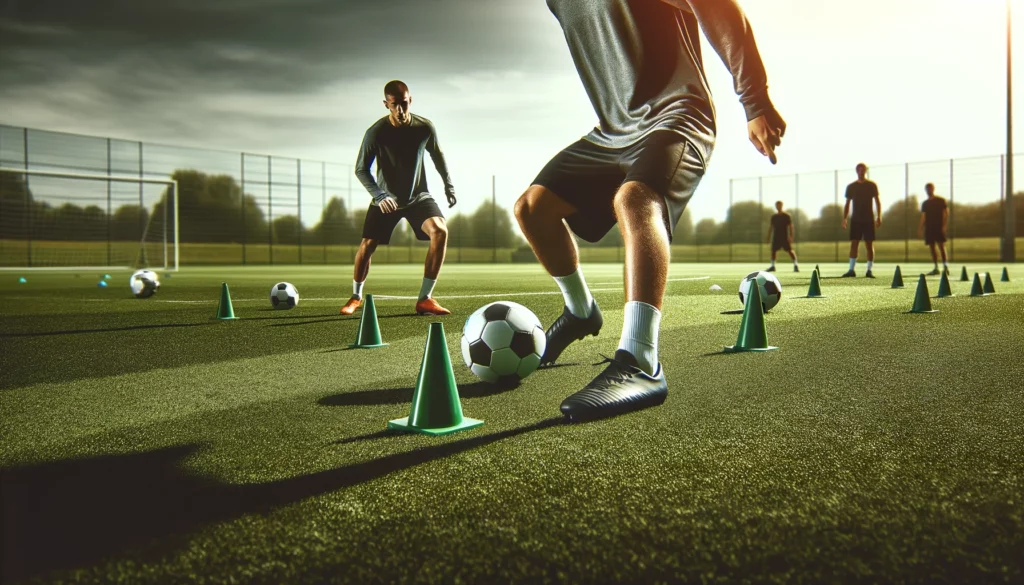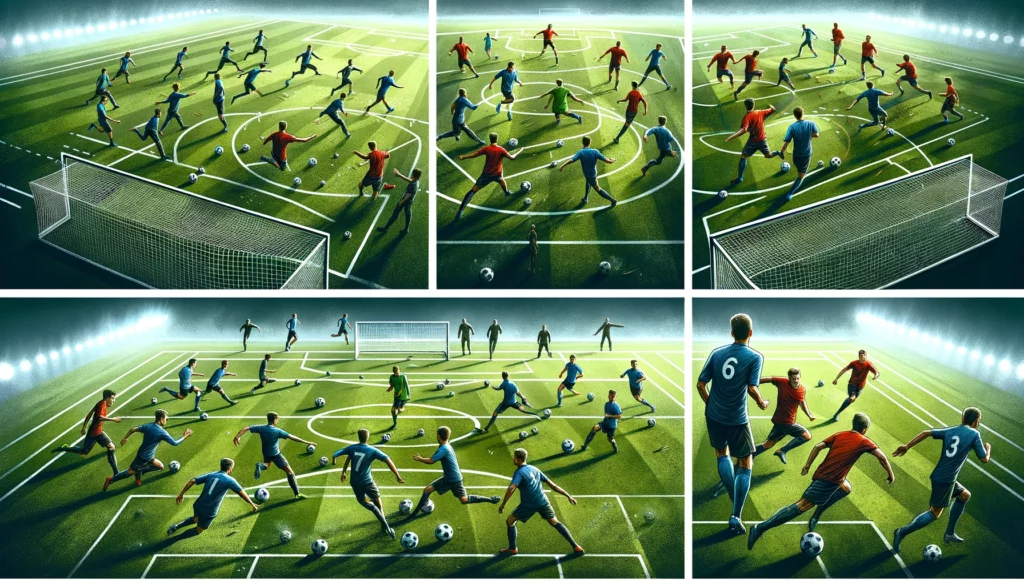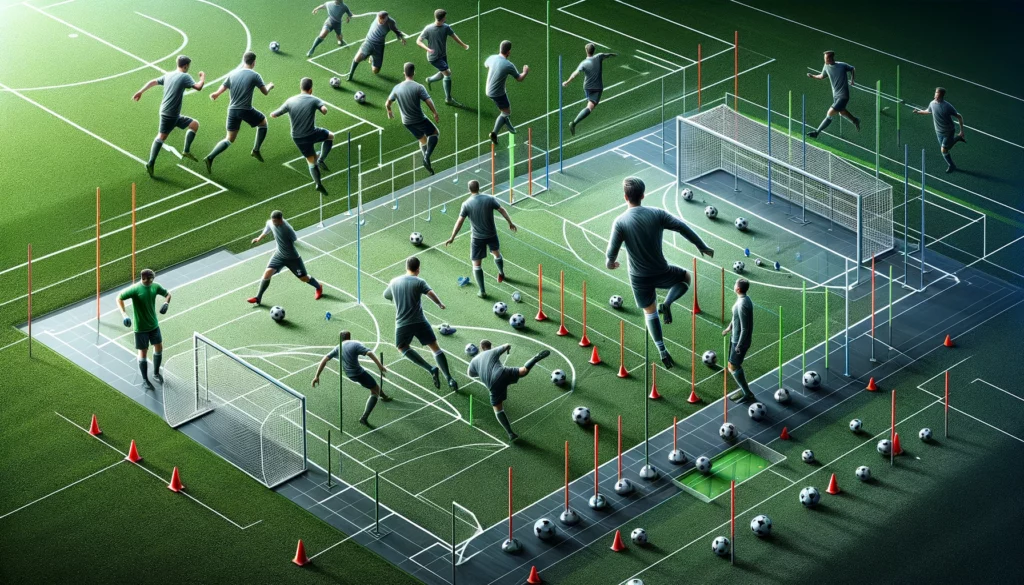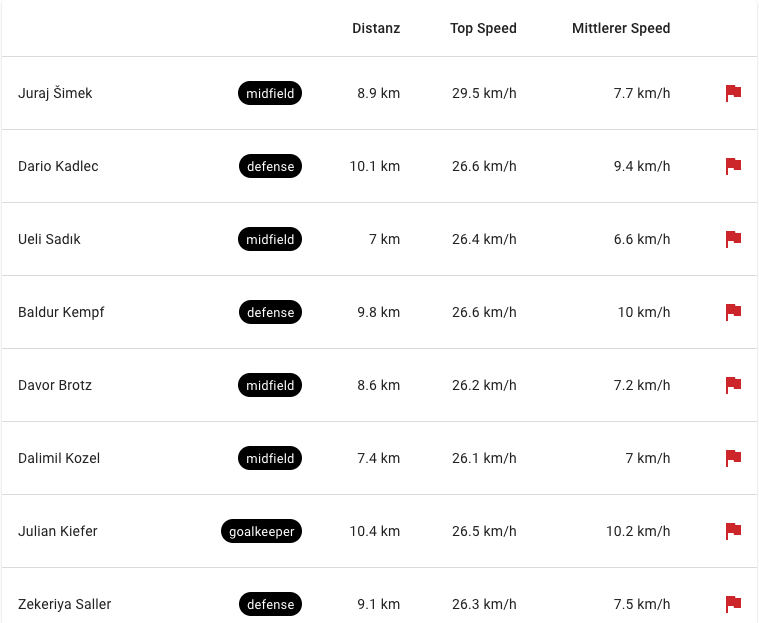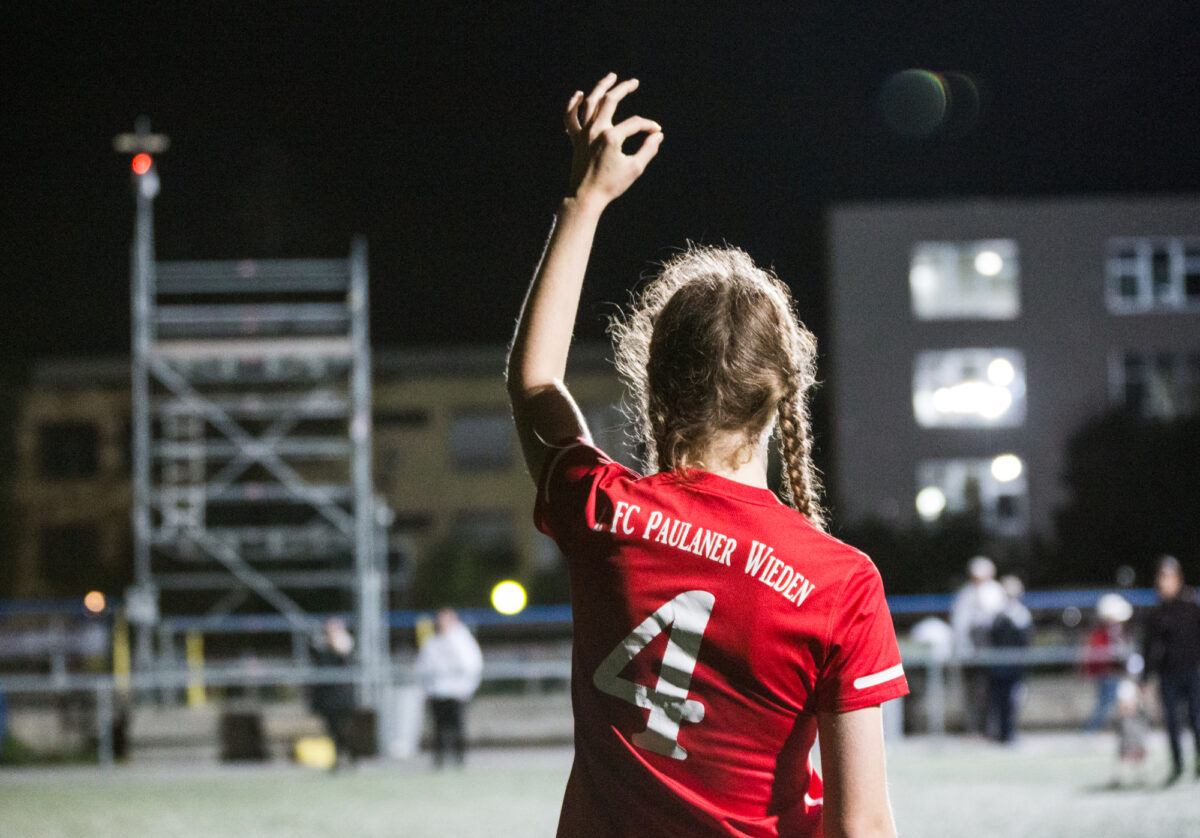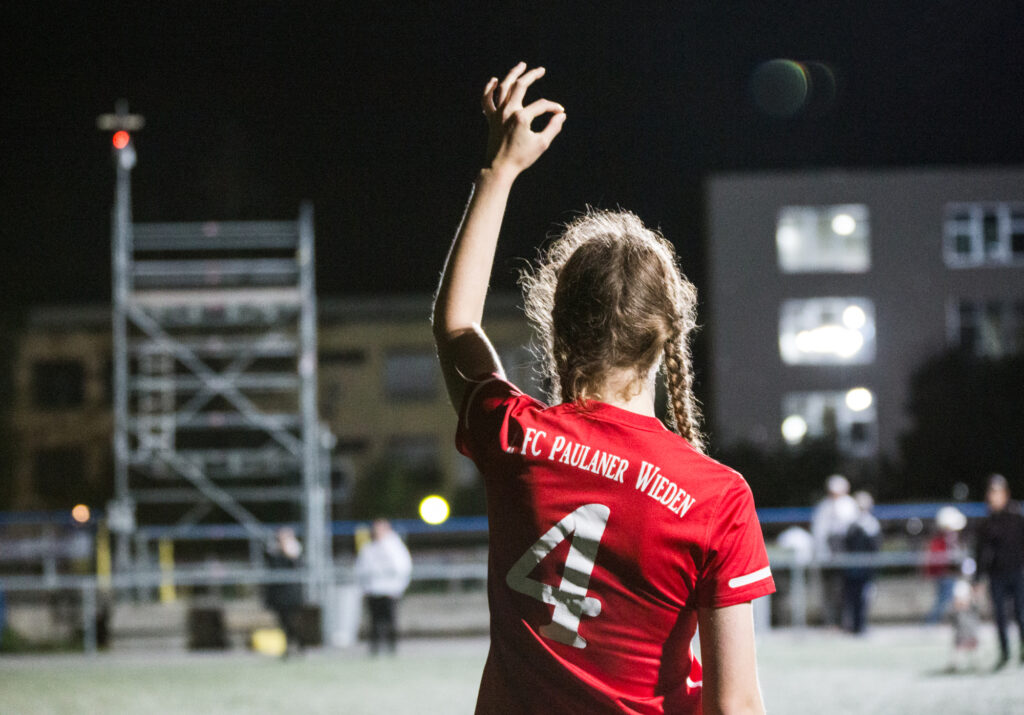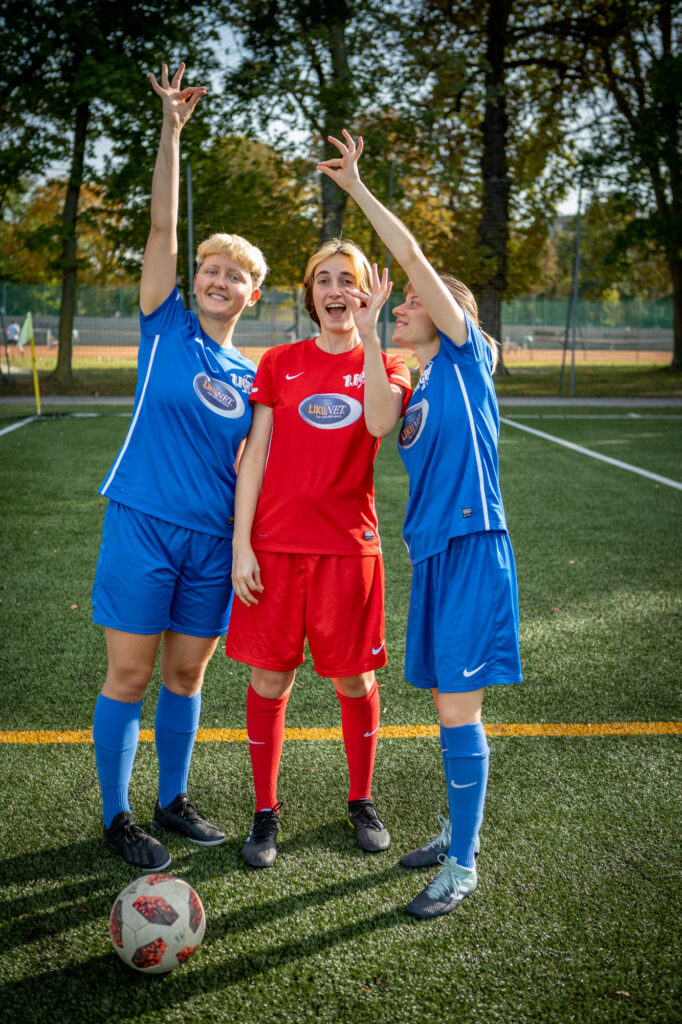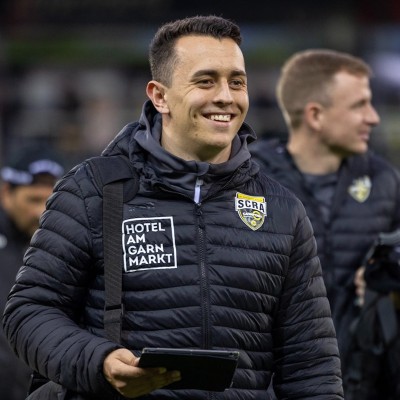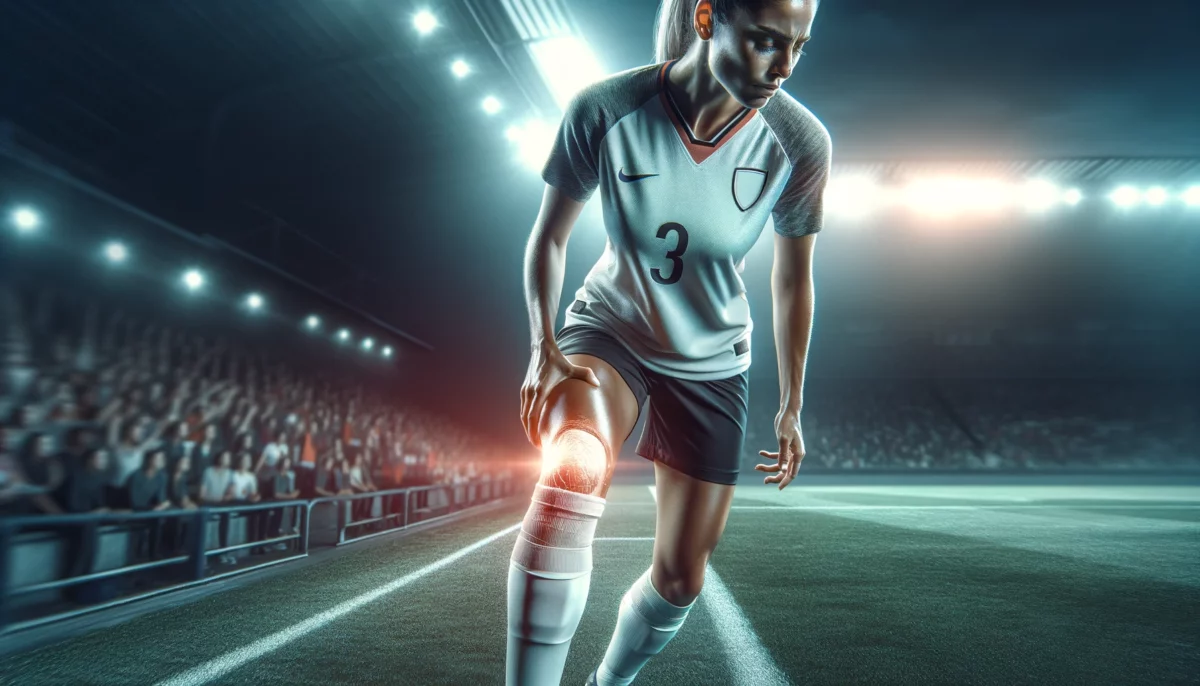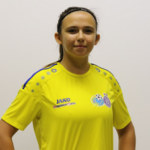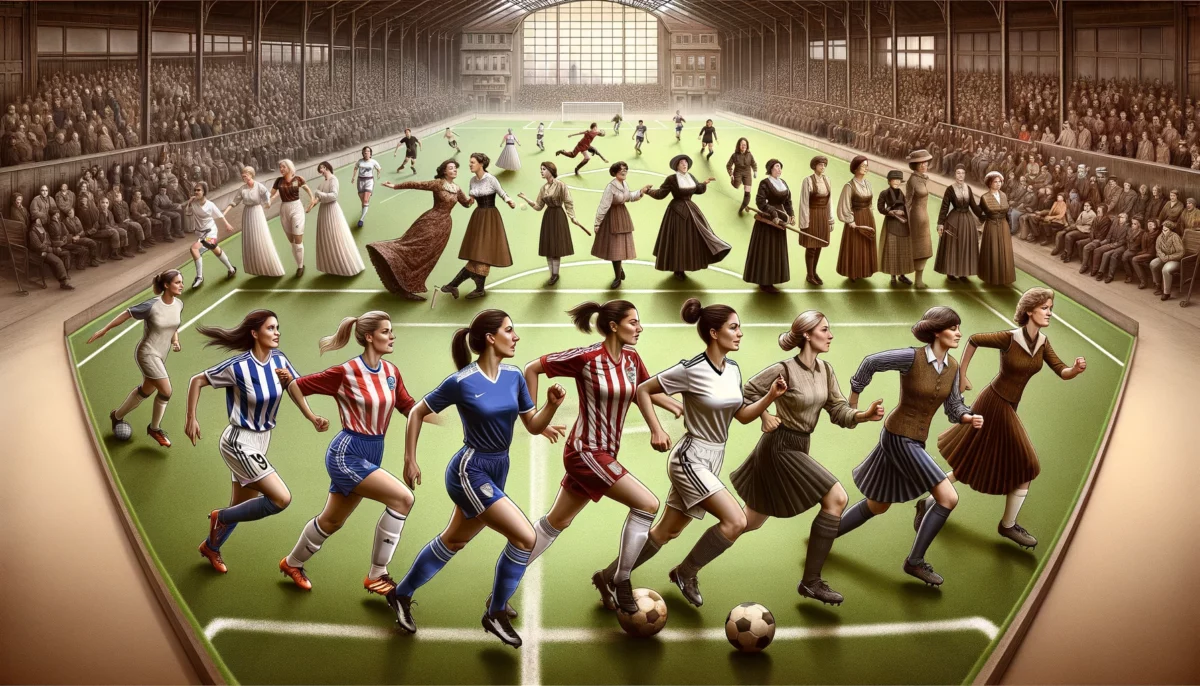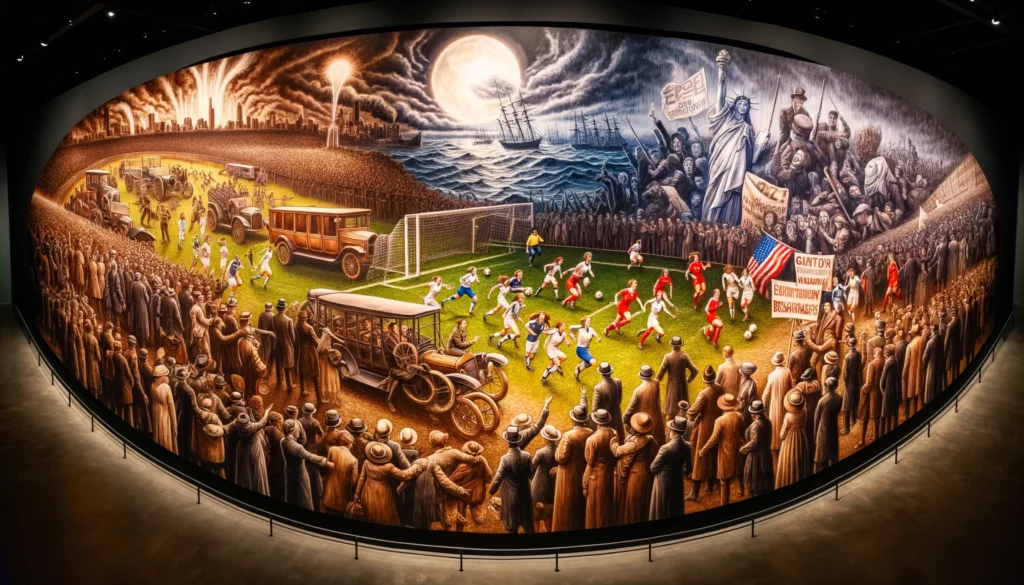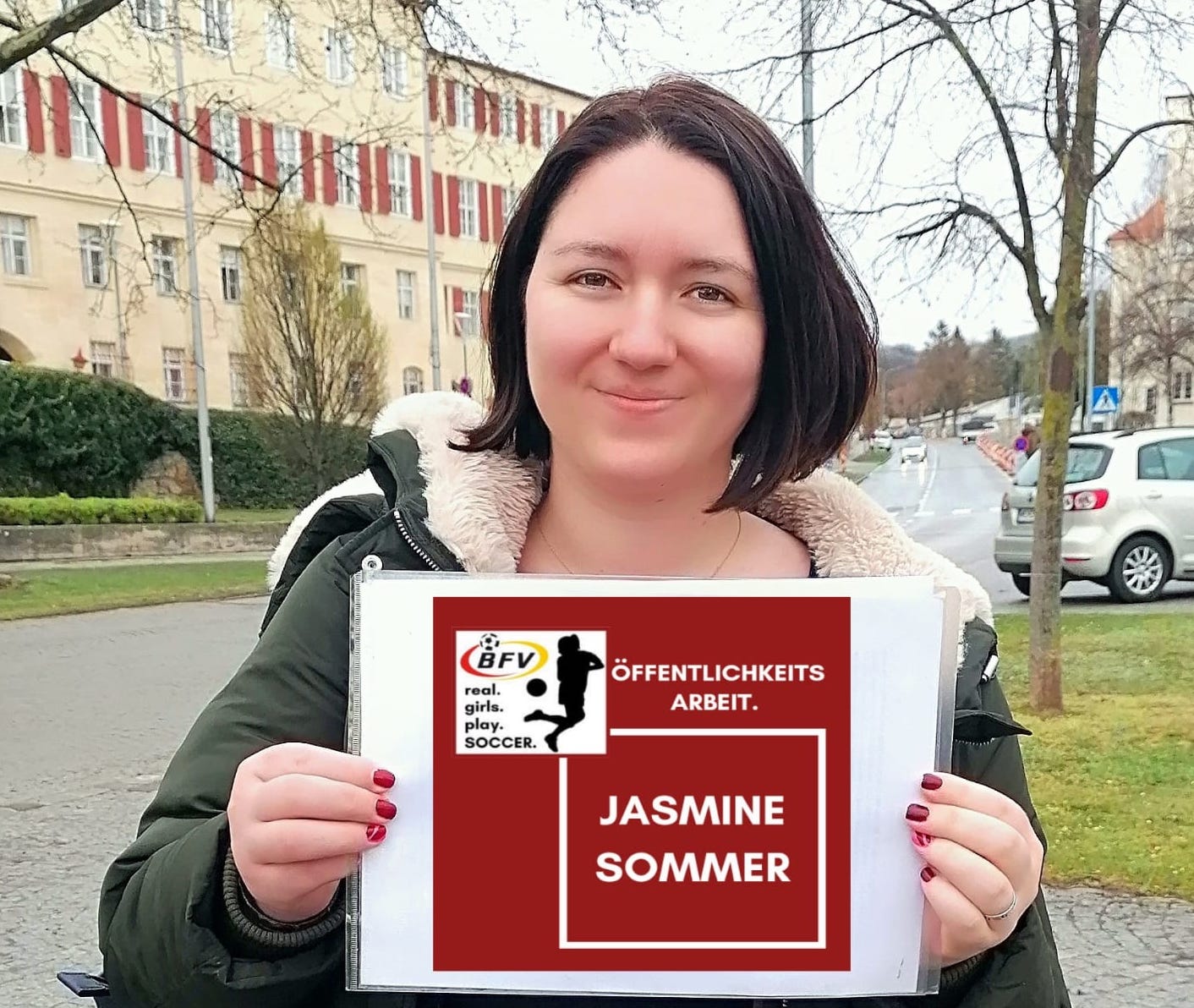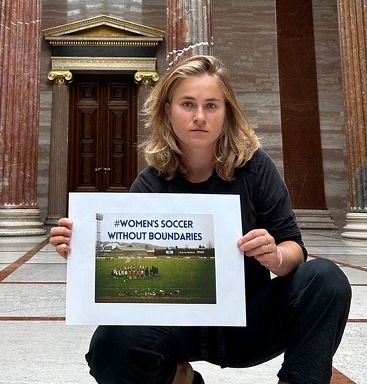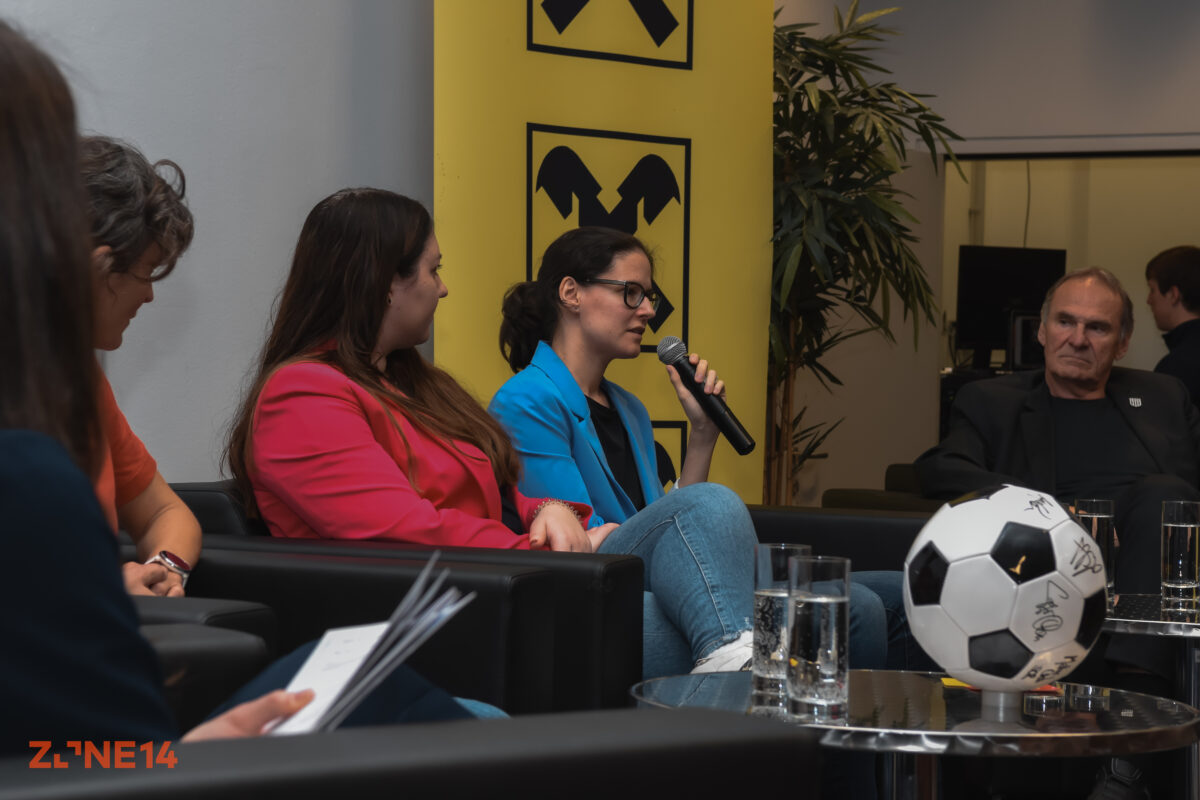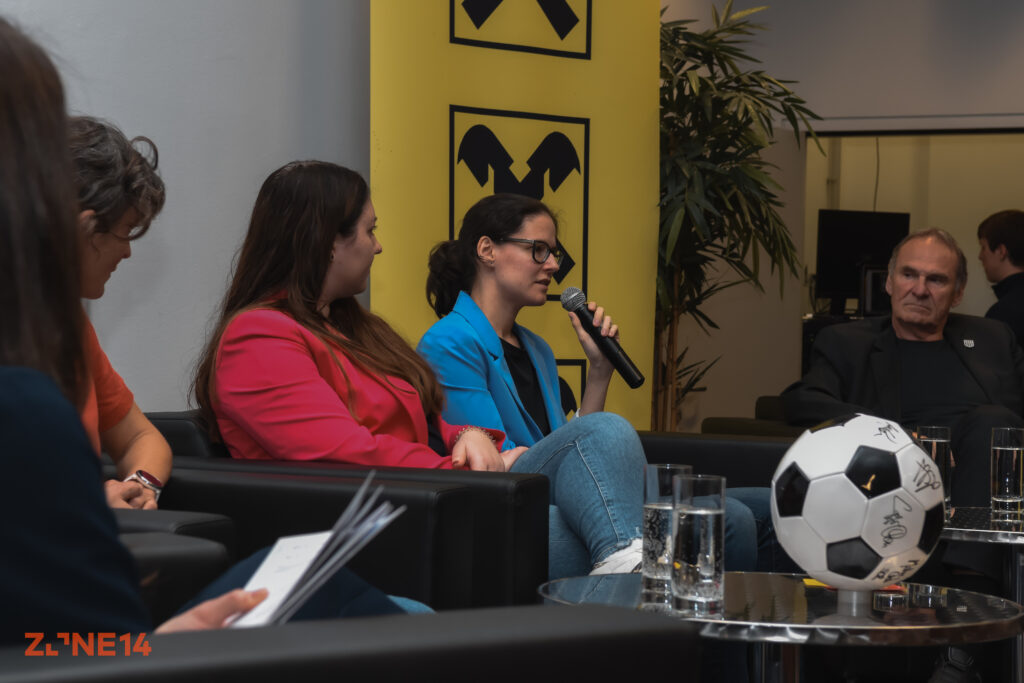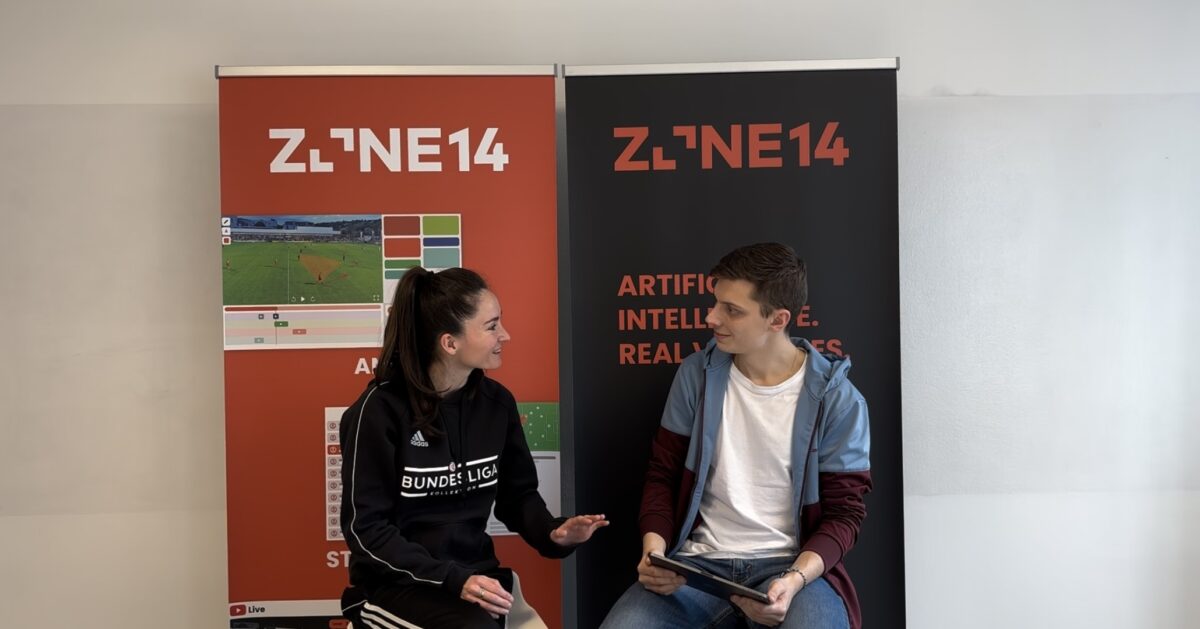contents
Finding the best football camera for recording and analysis
- Nathan George
- 18/04/2024
- Camera, Features, zone14 ONE
In the modern world of football capturing and analysing every thrilling moment on the pitch is becoming a necessity. For coaches, players, and analysts, obtaining the right footage is crucial for improving strategies, tactics, and player performance. However, for grassroots clubs to elite-level teams, choosing the best recording equipment that balances quality, functionality, and budget is always a difficult task. And with the big range of options now available, how do you ensure you’re making the right investment? In this article we will discuss the essential features of a camera for recording and analysing football matches.
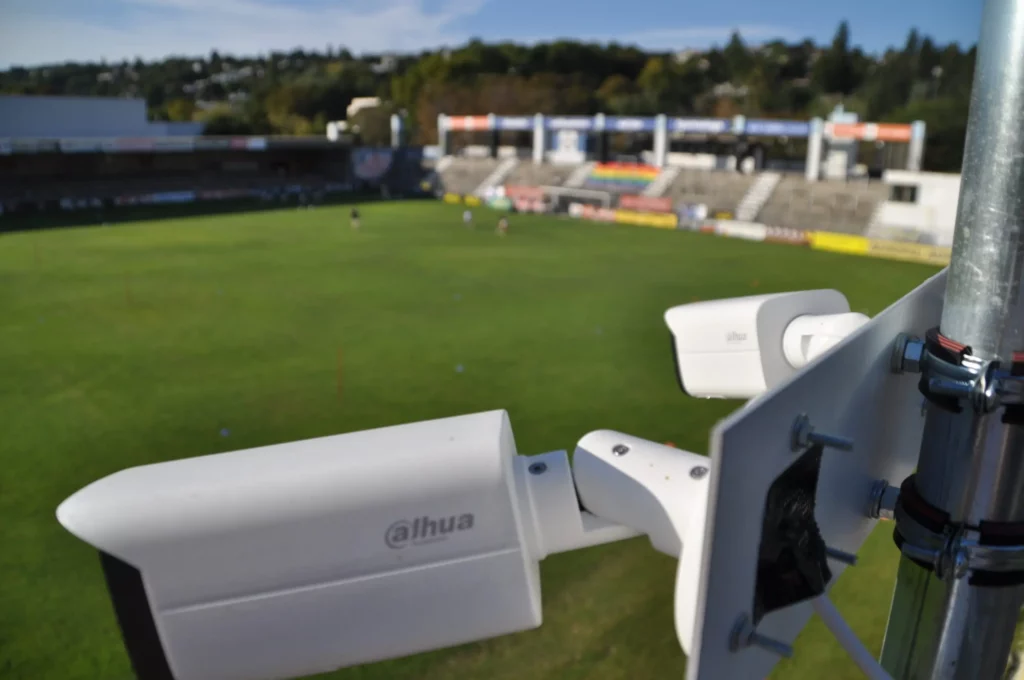
Battery Life
Firstly, it is important to consider the stamina of your football recording device. A camera with a long battery life is indispensable, particularly during or back-to-back games stretching across a weekend, which is common among grassroots clubs with a big youth setup. Imagine the frustration of a camera dying just as the winning goal is about to be scored! A camera that can remain recording throughout a busy schedule of matches ensures you never miss a critical play.
Football recording quality
Next, the quality of footage is paramount. Analysing tactics requires quality images that remain stable even in poor weather or suboptimal lighting conditions. Blurry or shaky footage makes analysis ineffective, obscuring essential details like player movements and ball trajectories. Seek out cameras known for delivering high-resolution videos regardless of external factors, ensuring your analysis is always clear and precise.
The best camera for tactical analysis
Analysis becomes significantly more effective when a camera captures a broad perspective of the game. A camera that can capture a wider angle is key for this reason, providing a comprehensive view of player formations and the full picture of the field. Also, consider cameras that offer higher mounting points, as ground or low-level footage can make it considerably more difficult for tactical analysis.
AI Football Camera Revolution
Modern issues call for modern solutions. Clubs with limited personnel or resources will benefit from an automated AI camera that doesn't require an operator. Modern innovations mean cameras can intelligently track the flow of the game, pan, tilt, and zoom as needed, thereby significantly reducing matchday setup time week after week, and removing the dependency on having a camera operator.
Affordable football camera
Cost is always a factor, particularly for grassroots clubs operating on tight budgets. Fortunately, technological advancements have led to more affordable options without compromising on essential features. It's a delicate balance between spending wisely and investing in a camera system that can reliably serve the club's needs for years to come. It must also be considered that analysis software and the camera system do not always come as one package. Many providers may charge you a high monthly fee for analysis software which is only usable with their expensive camera.
Live Streaming your football match

For clubs that aim to strengthen their connection with supporters or parents, a camera with streaming capabilities is a significant bonus. Whether for live broadcasting to fans who can’t make it to the game to increase club visibility, or even levelling up your game with real-time analysis, having the capability to stream football matches can be key for some clubs. Other things to consider when looking at the streaming capabilities of a camera also include the possibility of integrating sponsor logos in the stream. This can provide additional revenue opportunities, making your football camera system more affordable.
Reliable football camera
Durability, longevity and customer support are the lifelines of any product. You don't want a camera that's prone to breakdowns or easily damaged. At the same time you also want to use a provider who has a strong customer support team in the event of any issues. It is key to consider when choosing a provider, how their customer service is structured, and also if repairs are included in your package for free.
Data Analytics Camera: The Modern Game-Changer
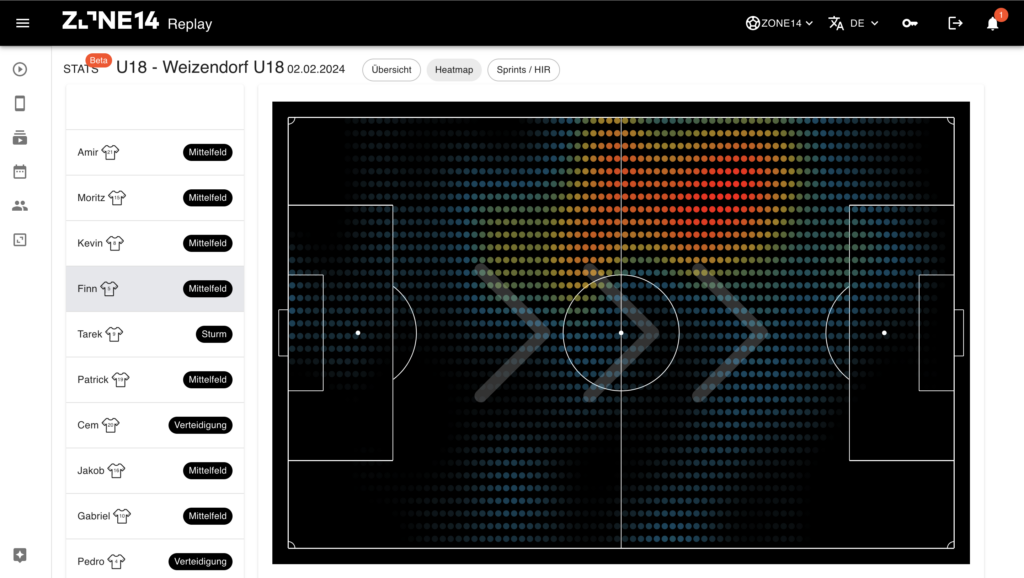
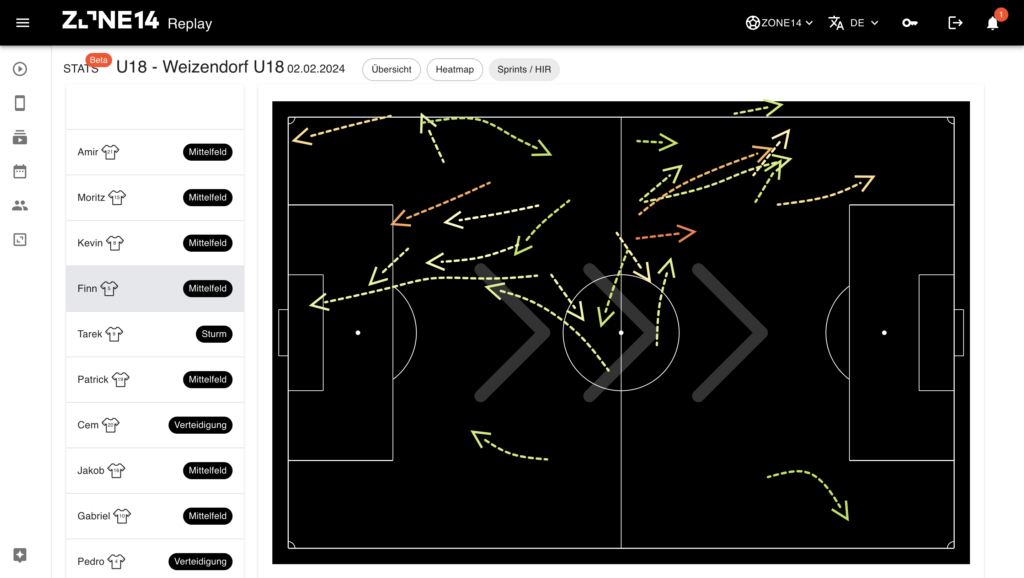
In an era where data analytics are beginning to shape sports analysis, cameras equipped with AI not only capture footage but in some cases are also able to capture important performance metrics like running statistics. Functions like this then remove the need for additional hardware devices like GPS trackers, further streamlining the process and making it more affordable. Providing next level, comprehensive insights can be game-changing in player development and team progress. Read more on the impact of using running statistics and heatmaps here.
Deeper insights thanks to video-based statistics with zone14
Conclusion
In the technological revolution of football we are currently experiencing, the right recording and analysis equipment can be key to finding that extra 10% for success. From extended battery life and high-definition image quality to AI-driven functionality and beyond, a camera that aligns with your club's requirements is important for enhancing your team’s performance.

